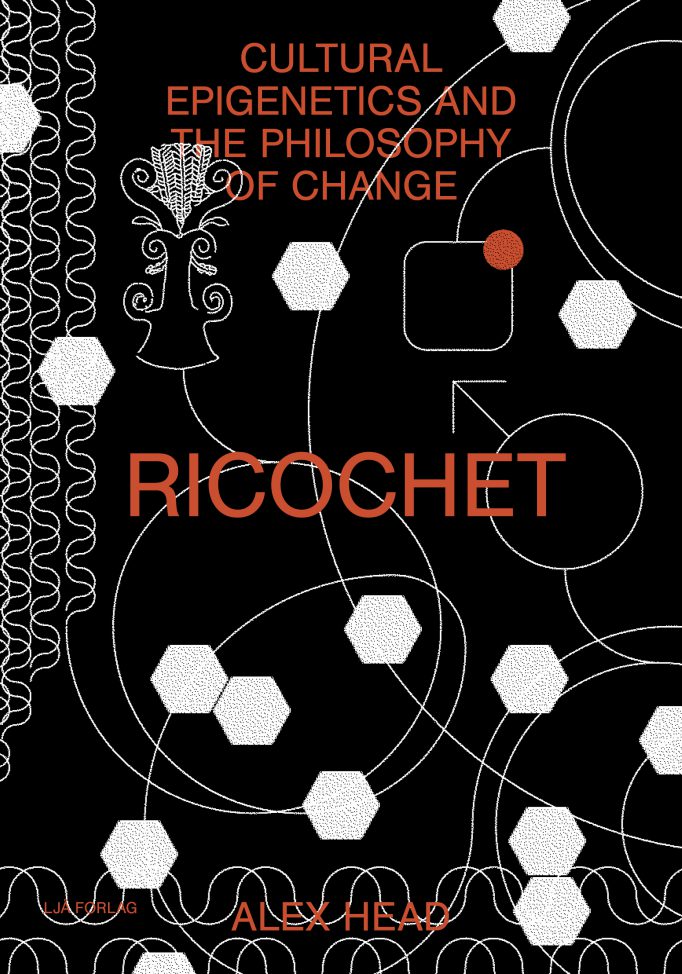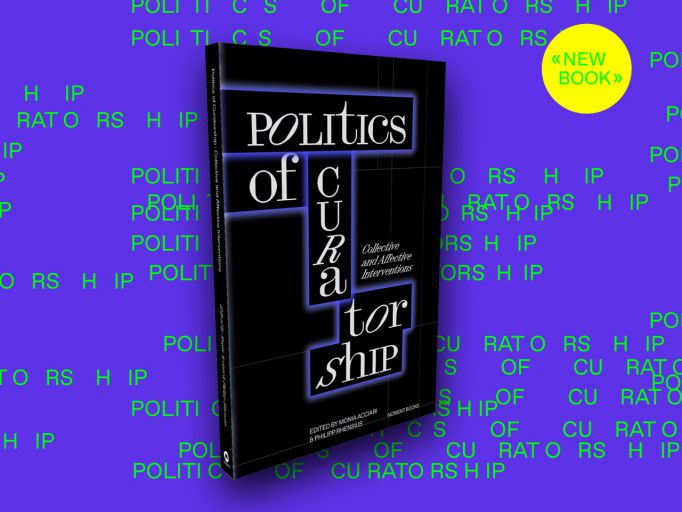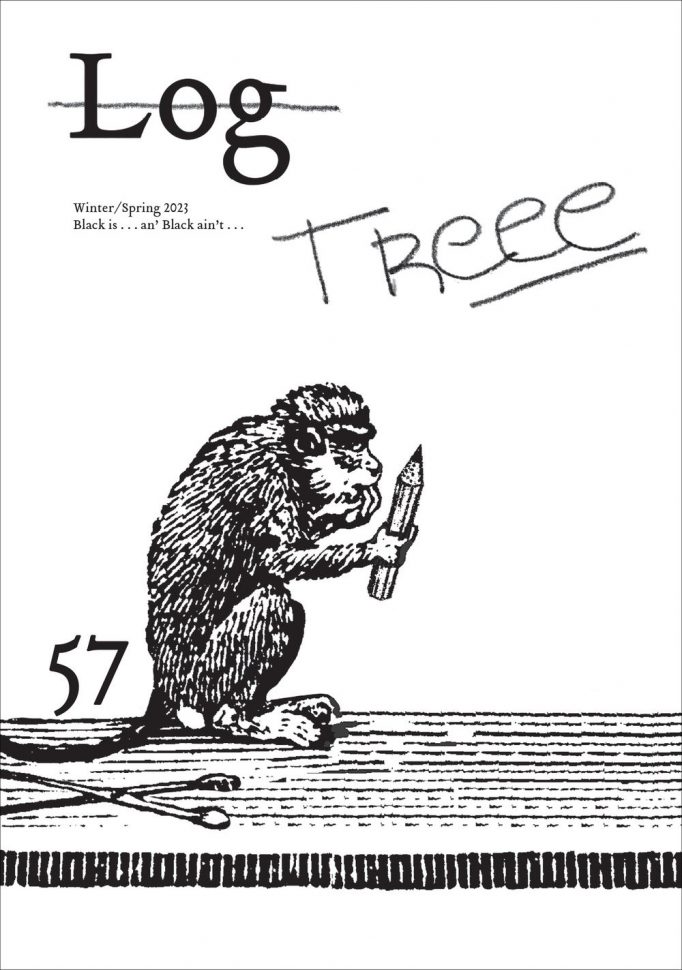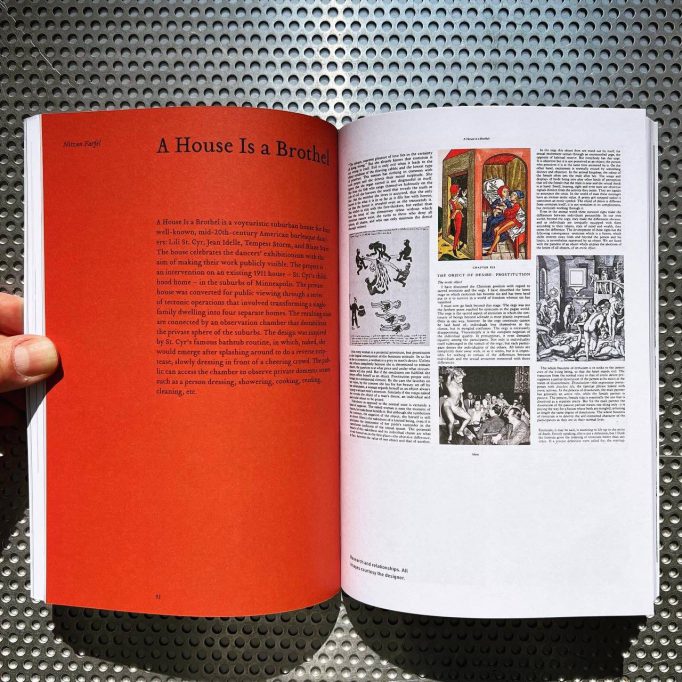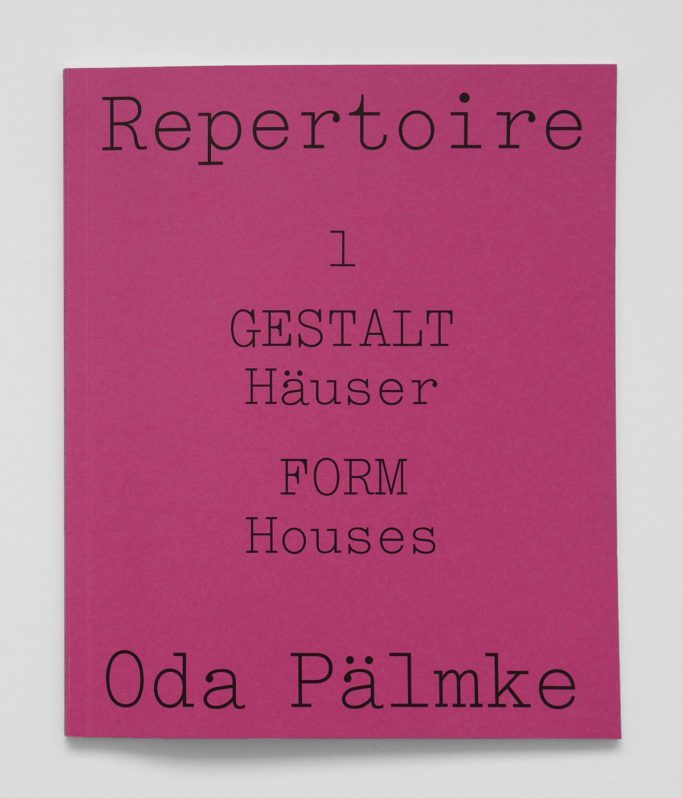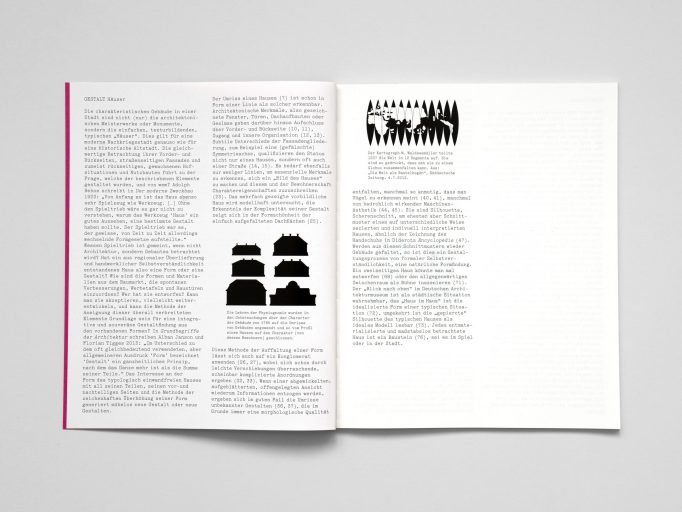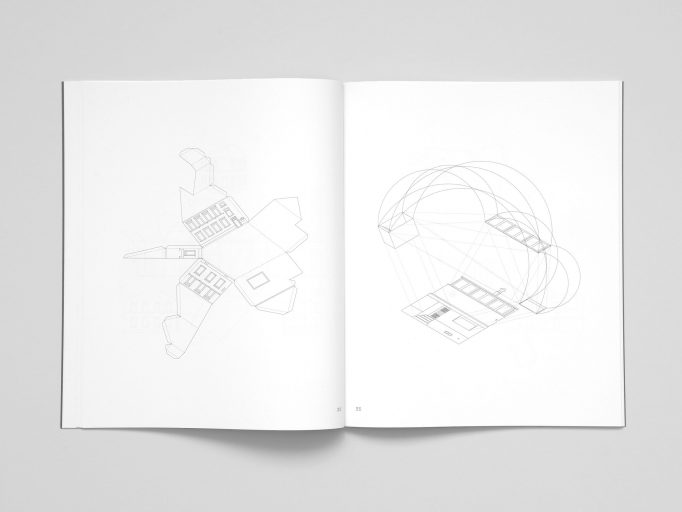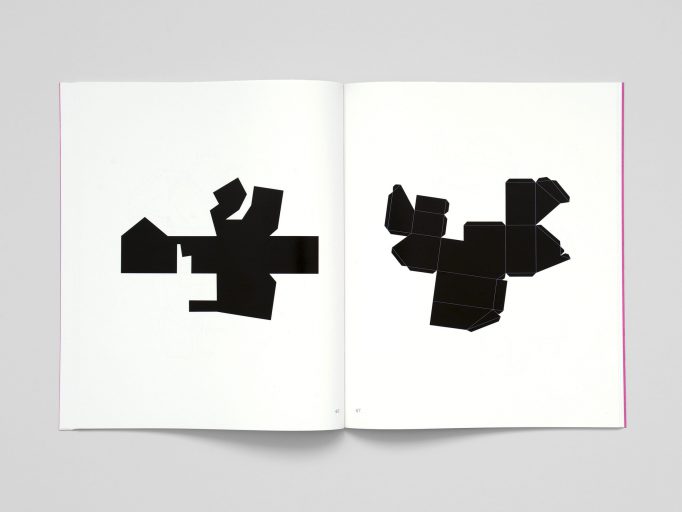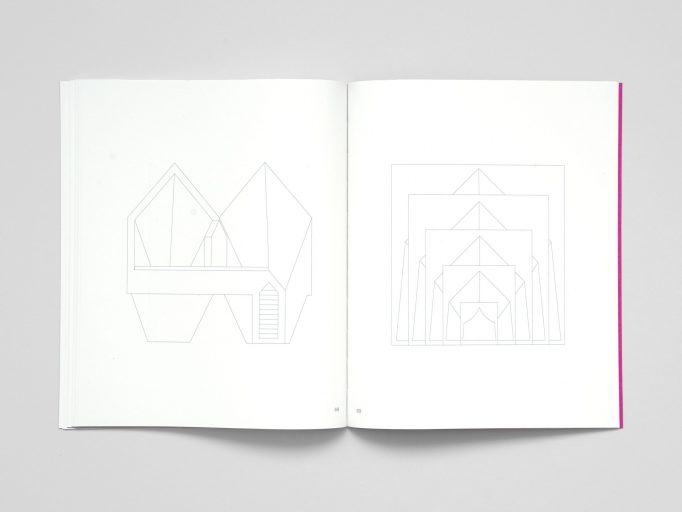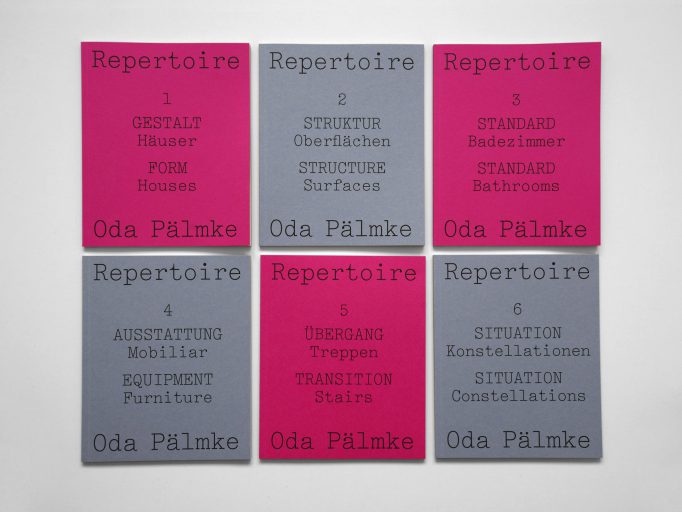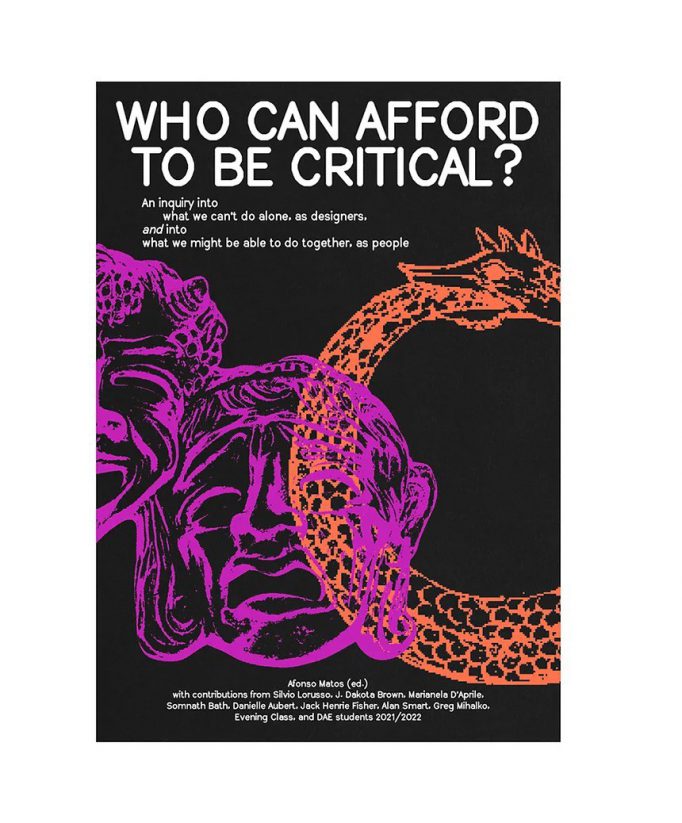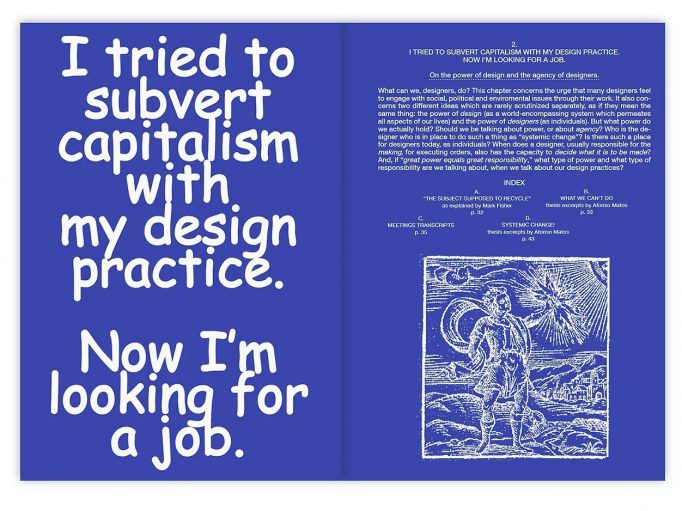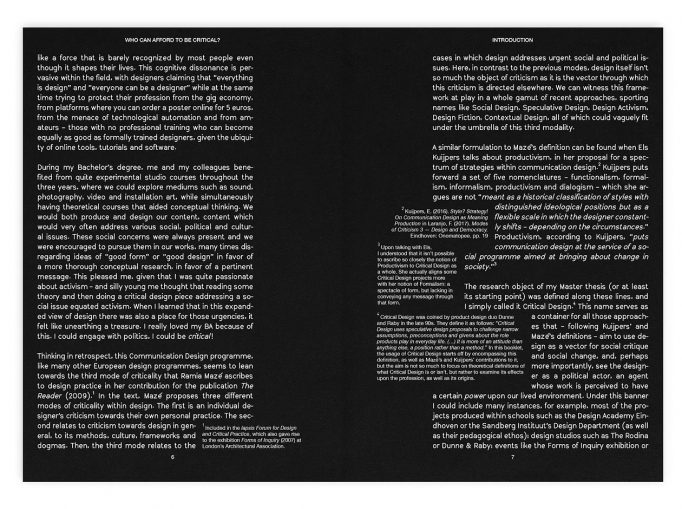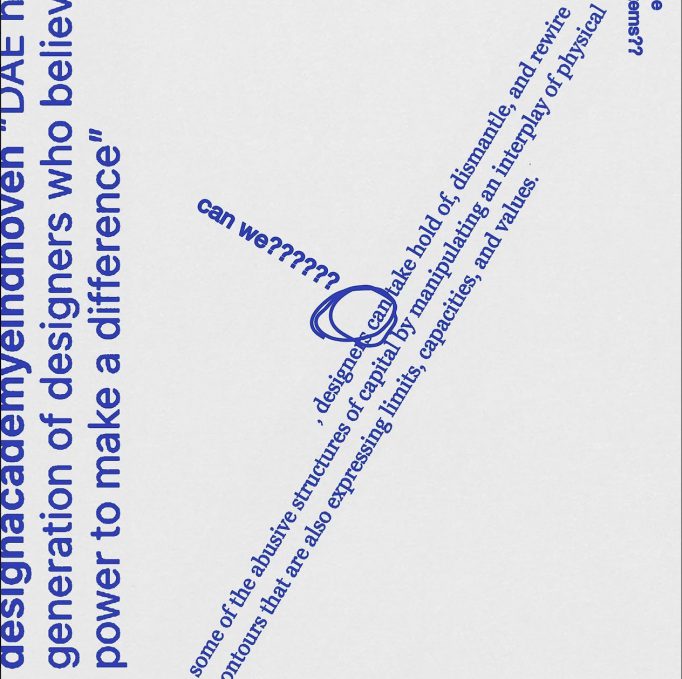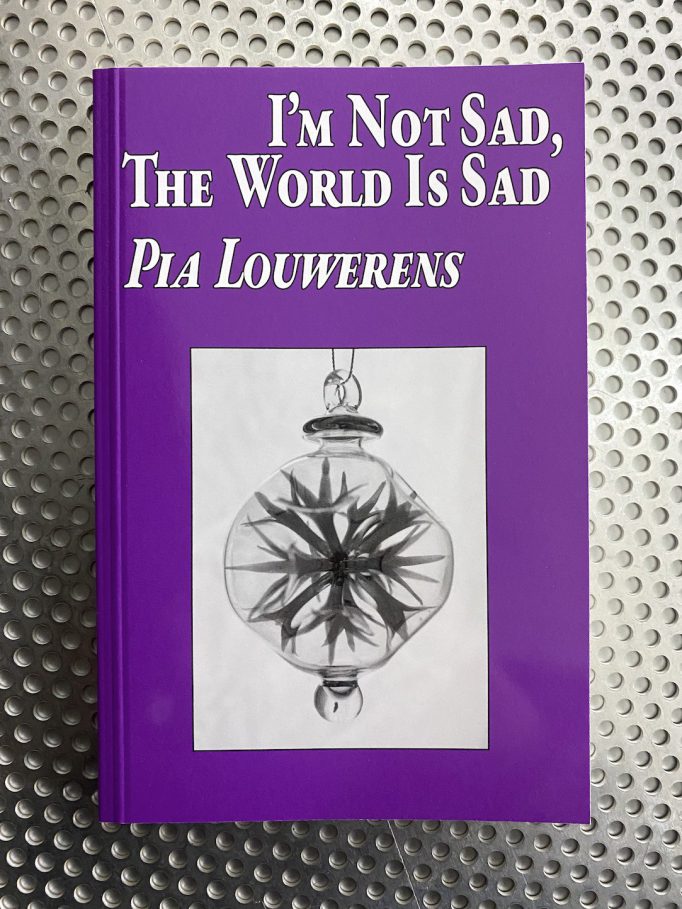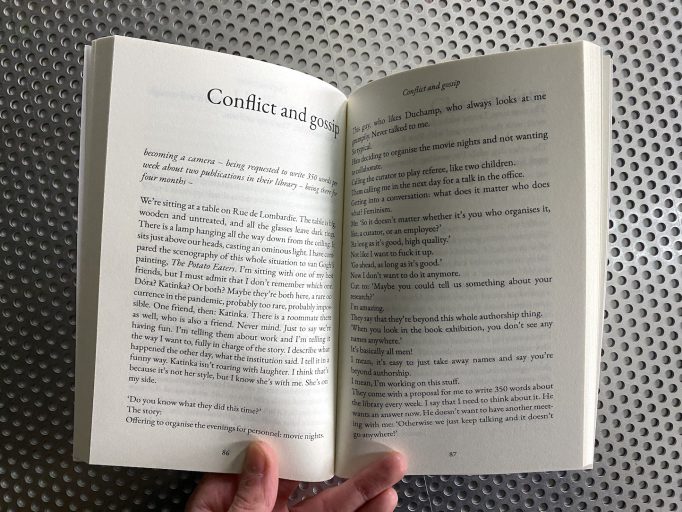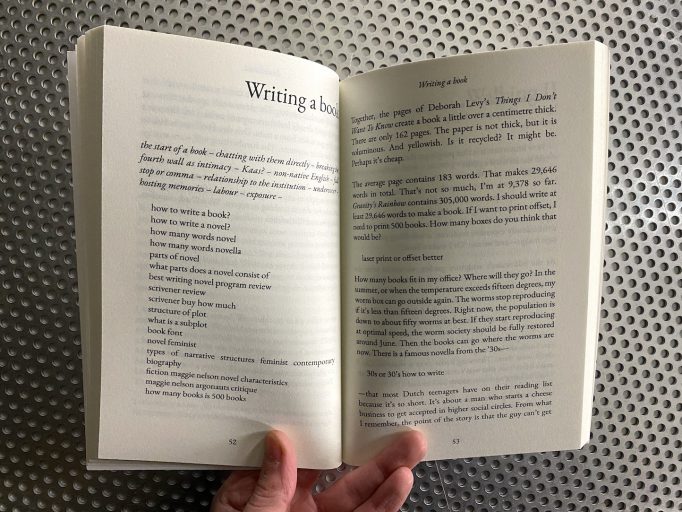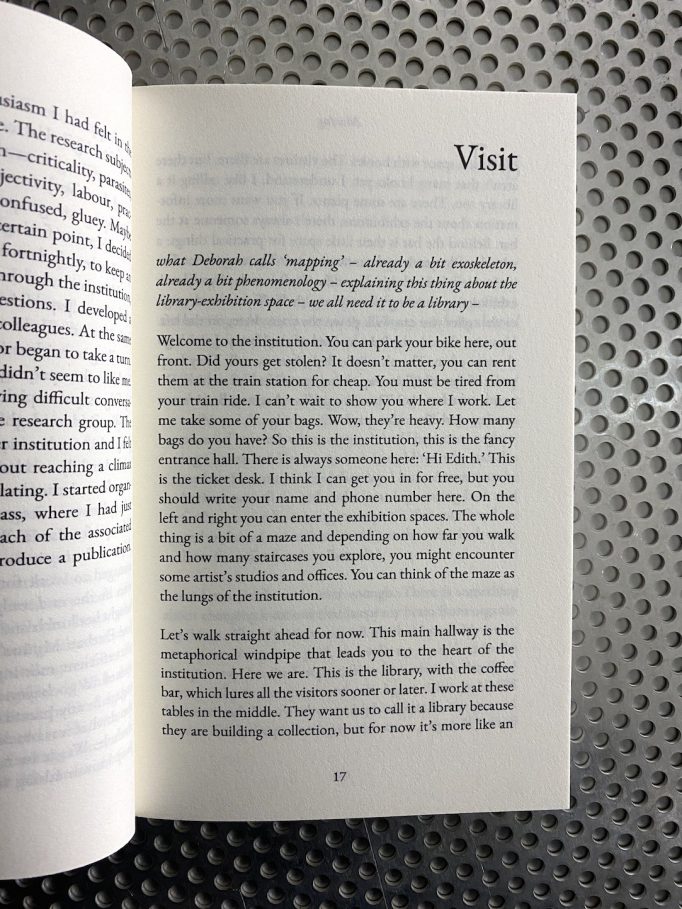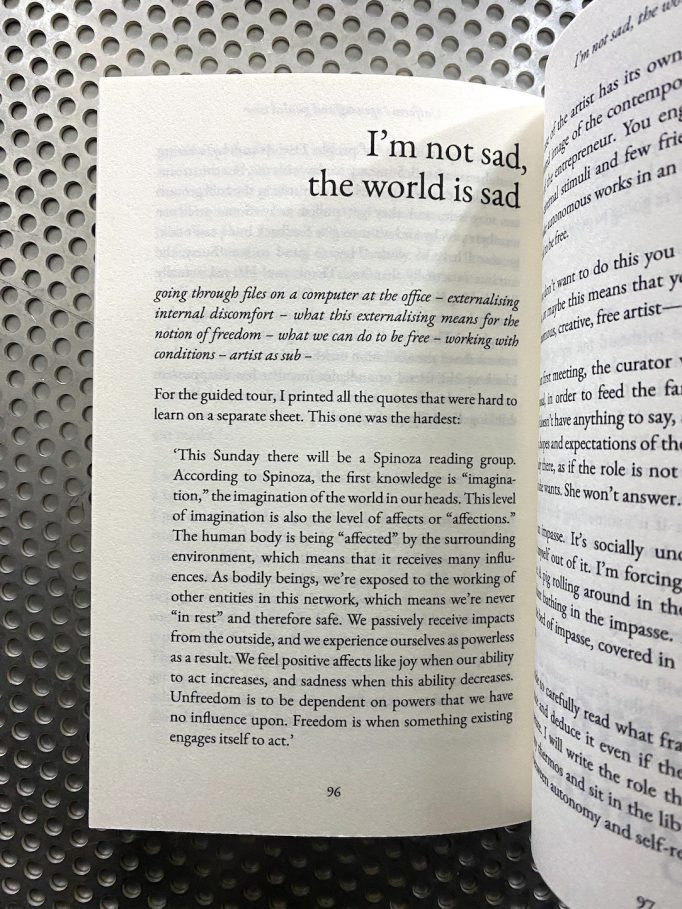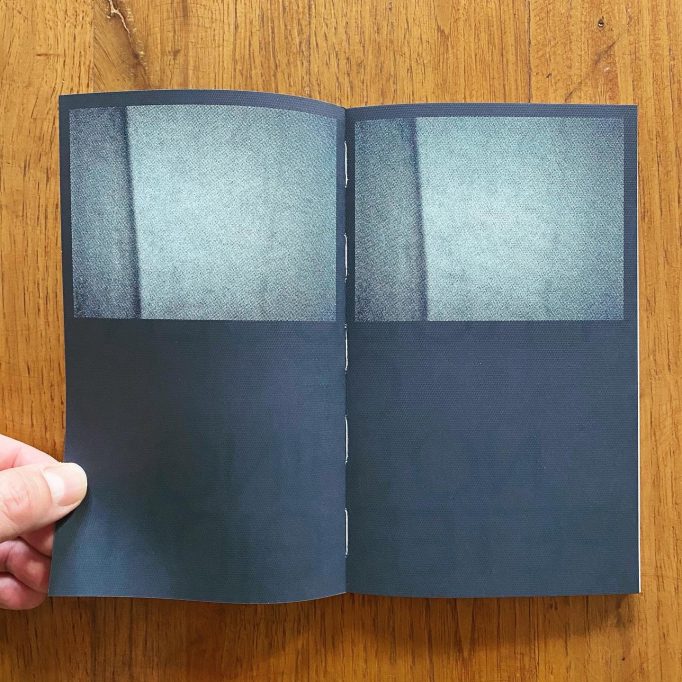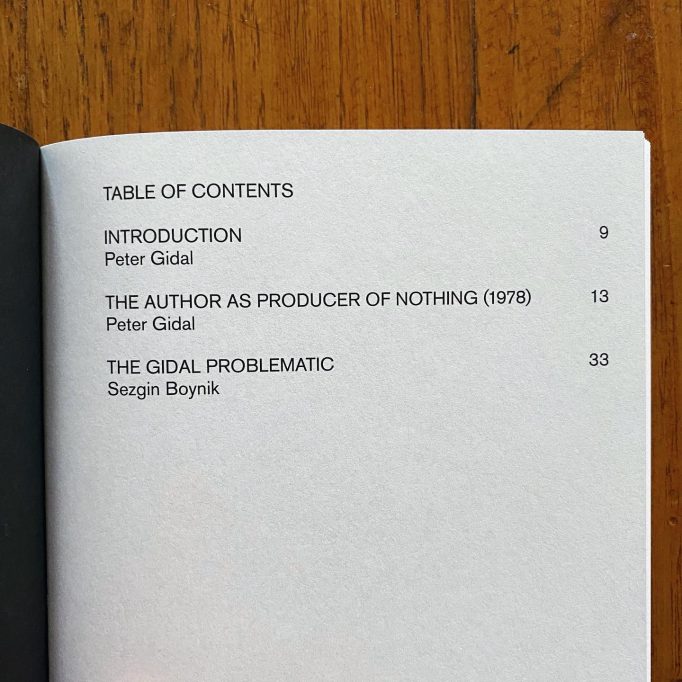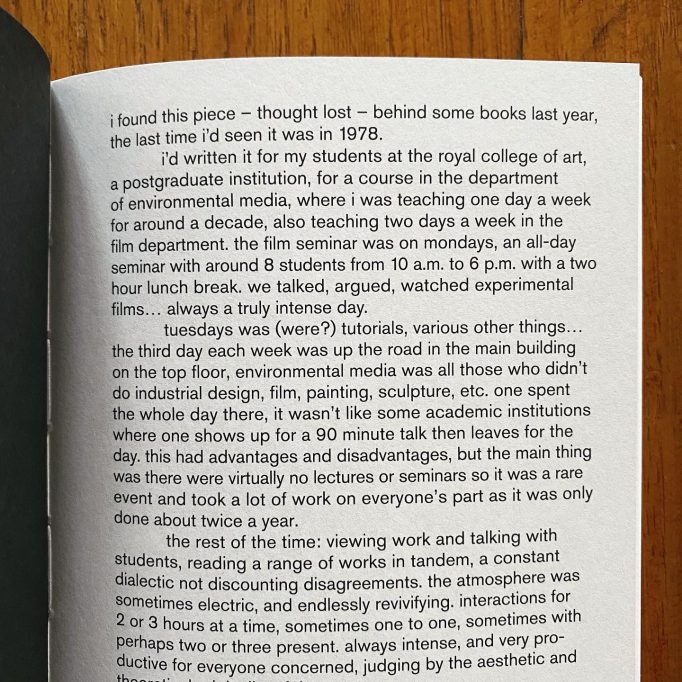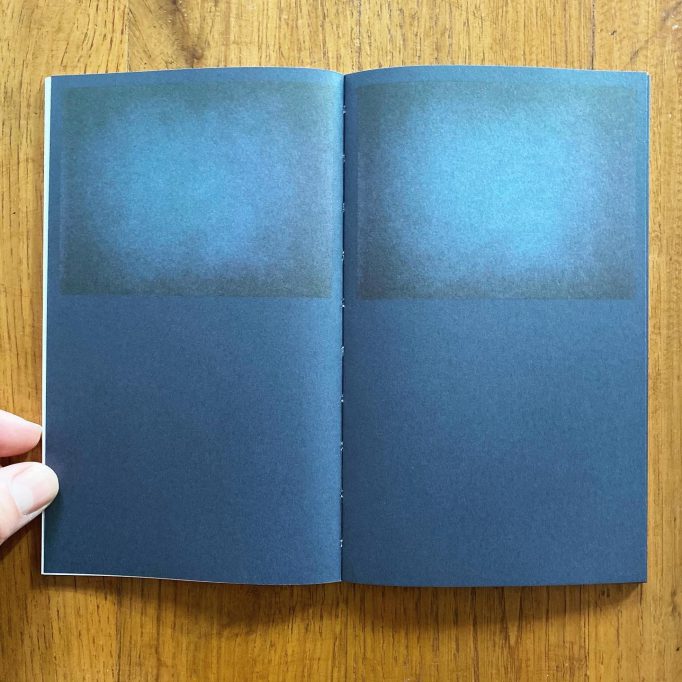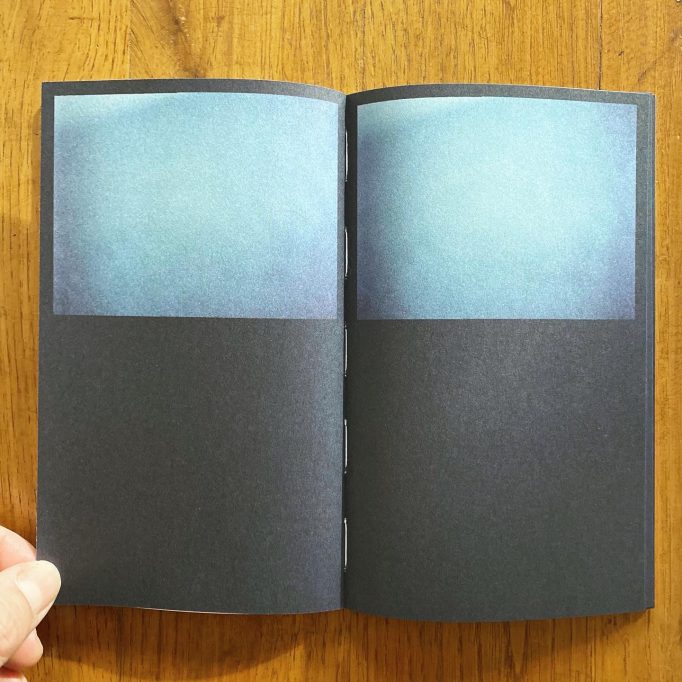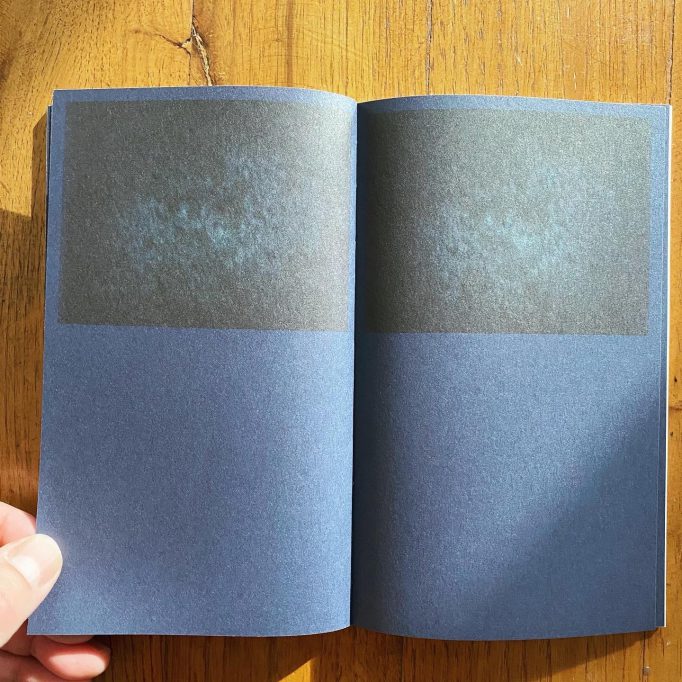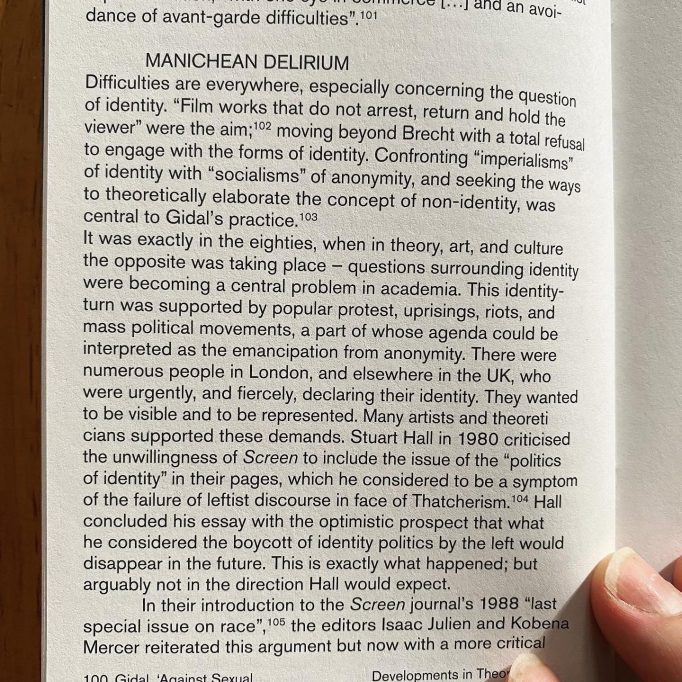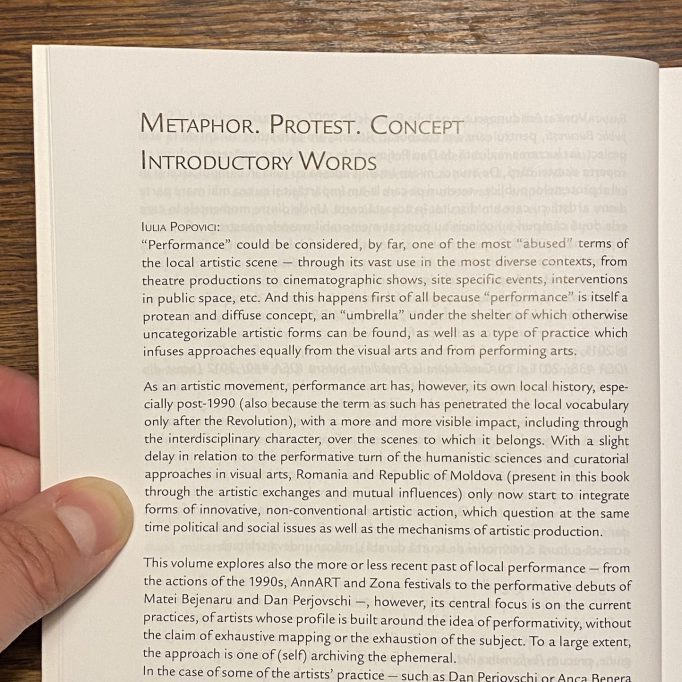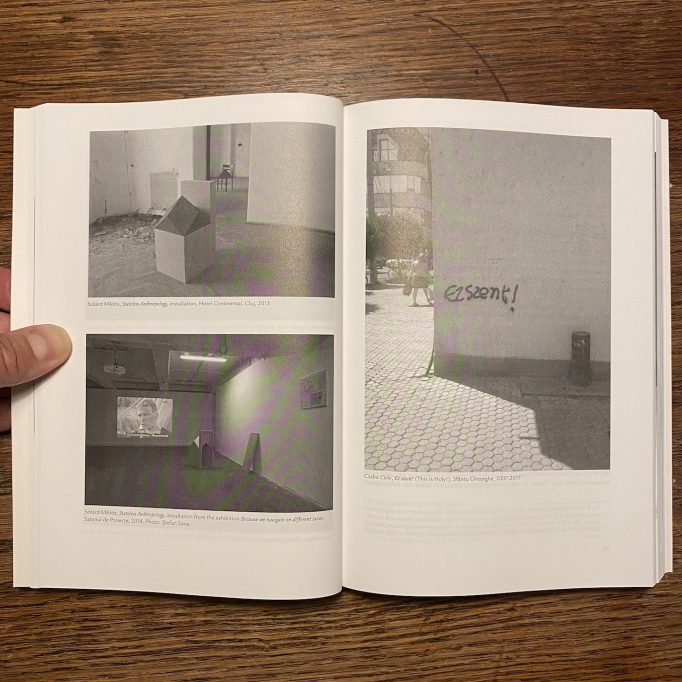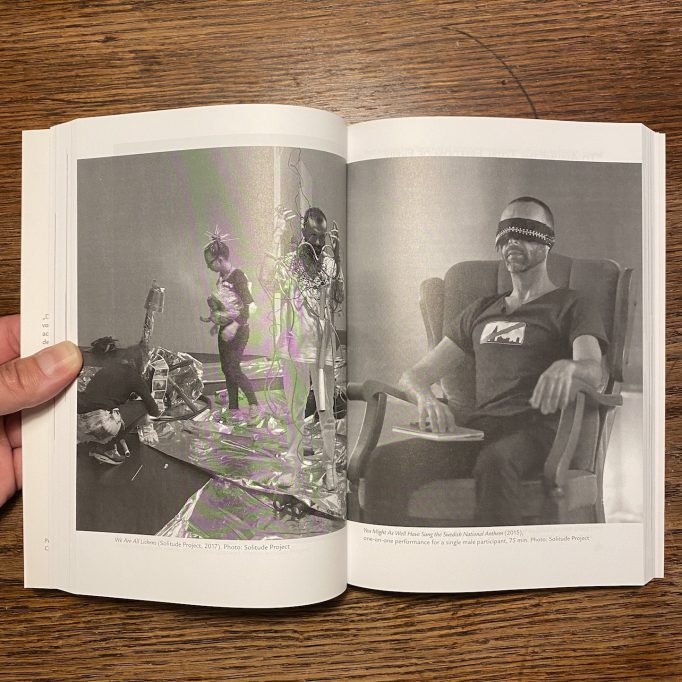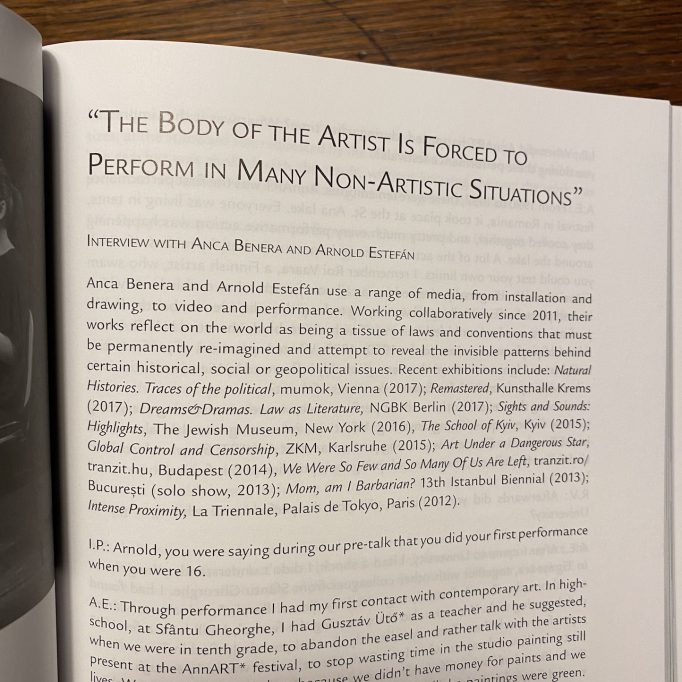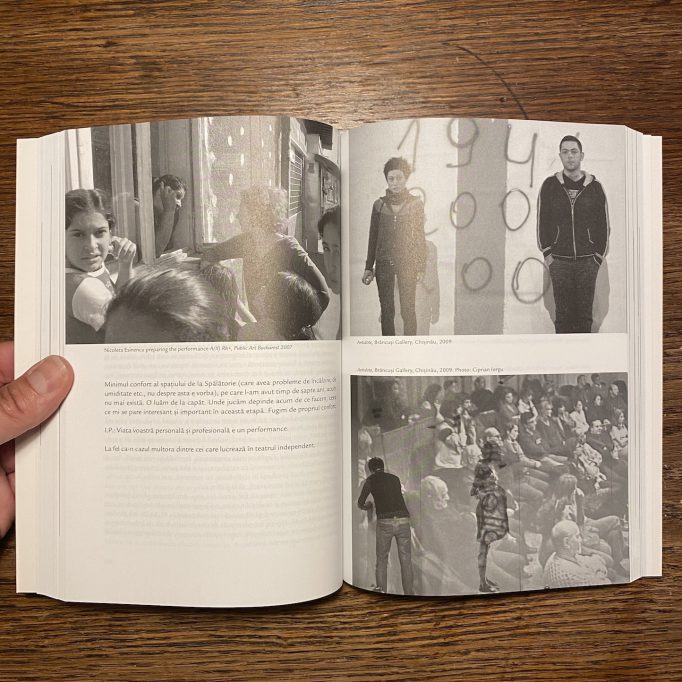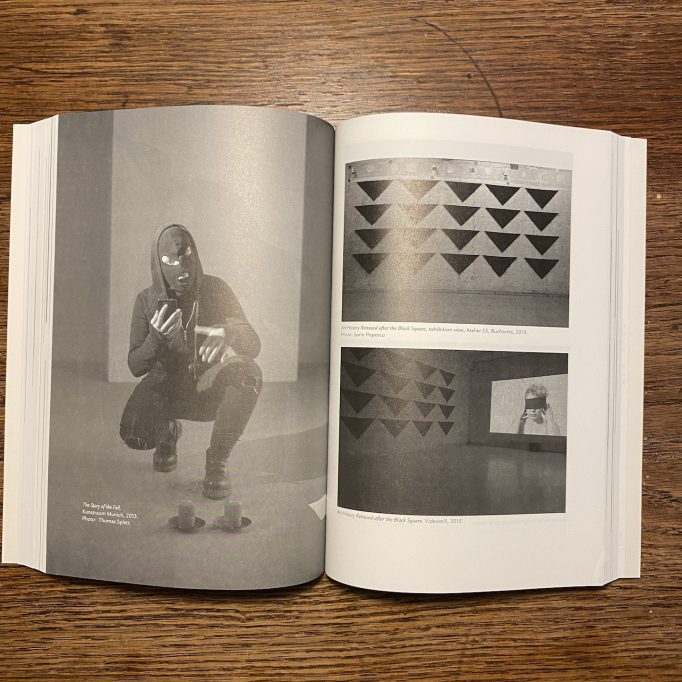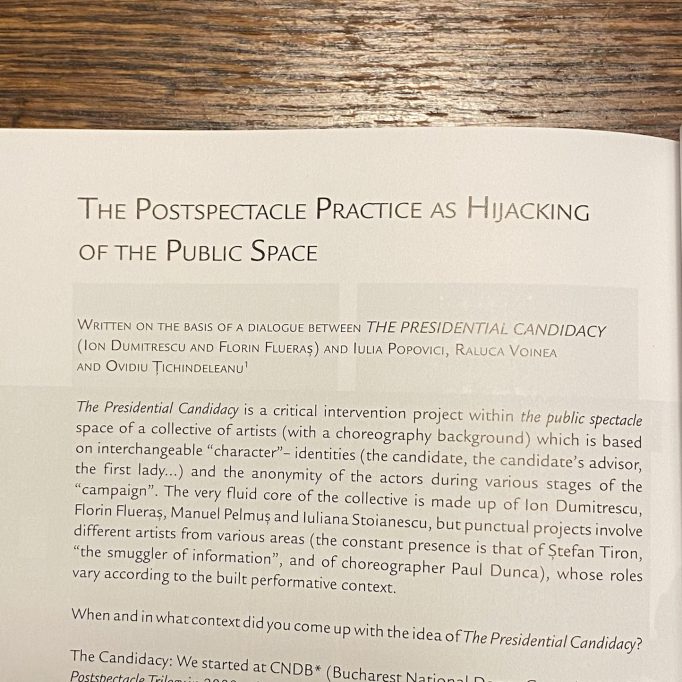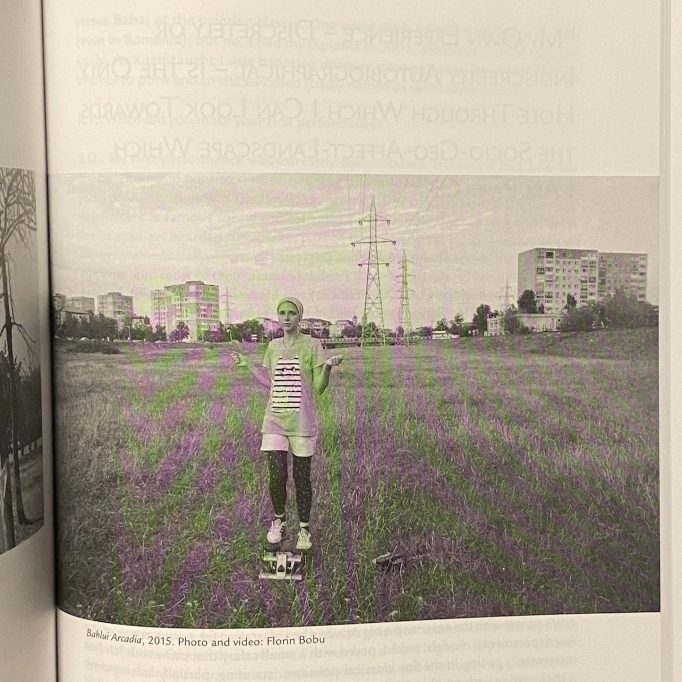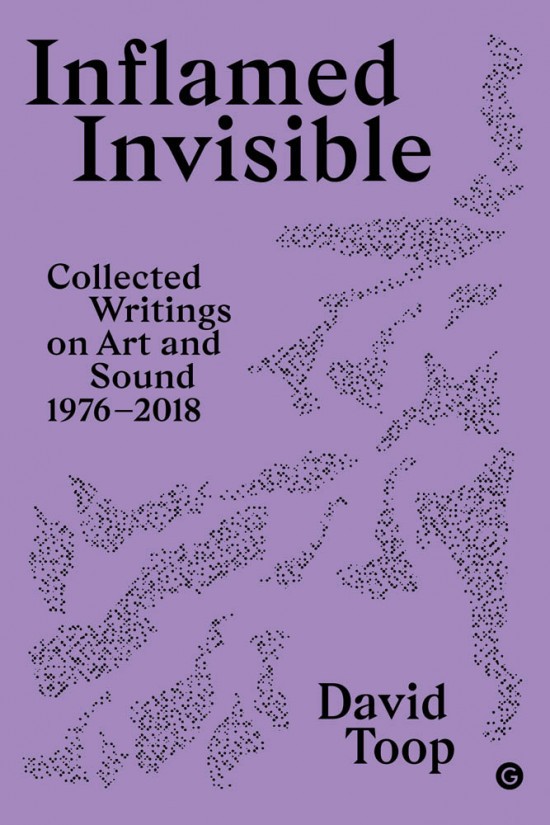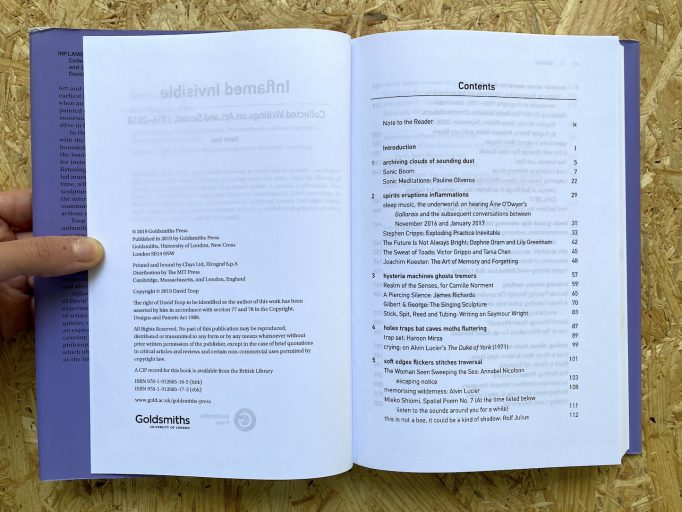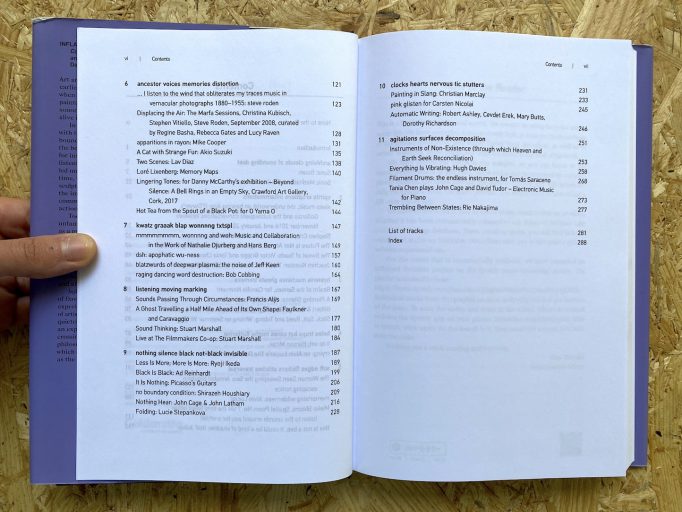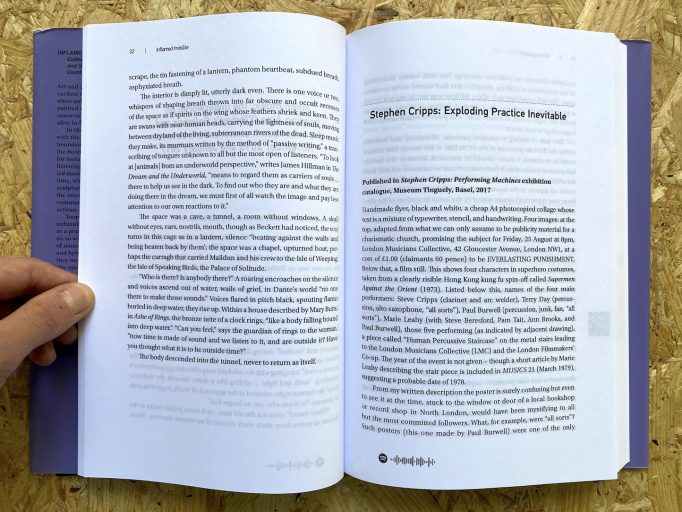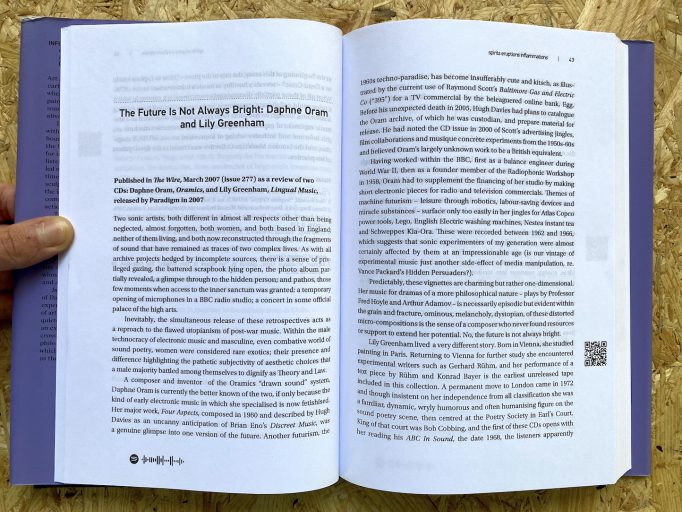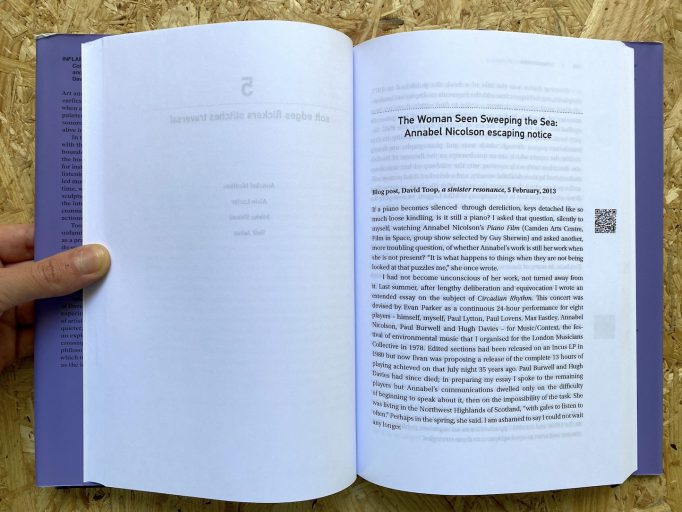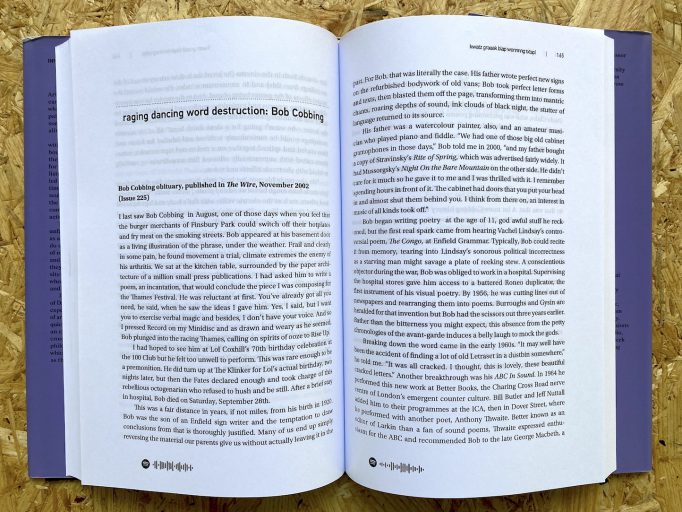Listening to the Stones/ Den Steinen zuhören. Miya Yoshida. Kunsthaus Dresden
Posted in Exhibition catalogue, Exhibitions, Theory, writing on October 5th, 2023Tags: Akio Suzuki, Europe, exhibition catalogue, Hongjohn Lin, imaginative power, imaginative space, Jimmie Durham, Kunsthaus Dresden, Listening to the Stones/ Den Steinen zuhören., Marucia Bjørnerud, Miya Yoshida, sound, Southeast Asia, Taipei National
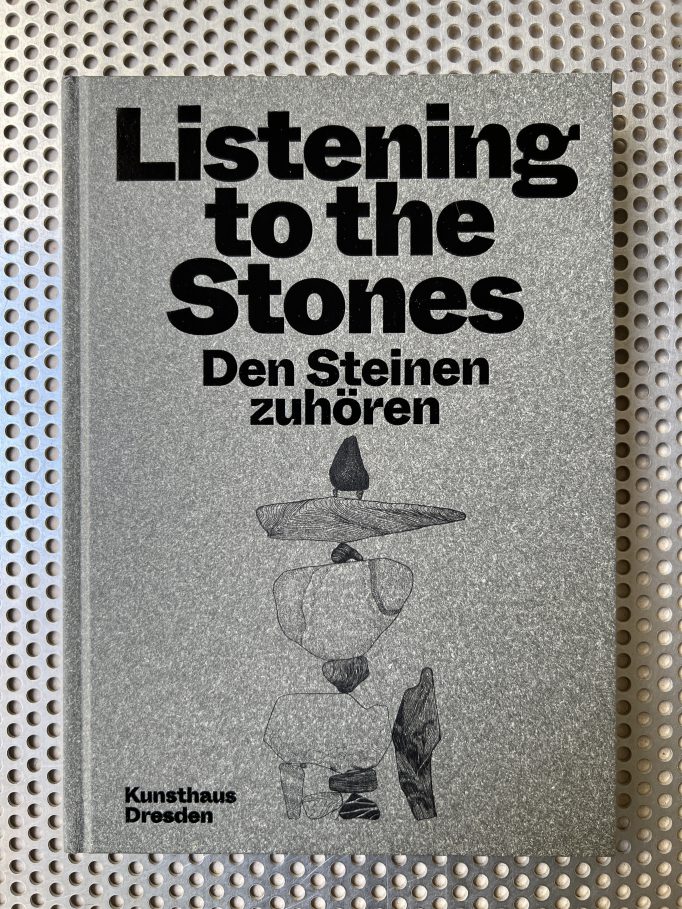
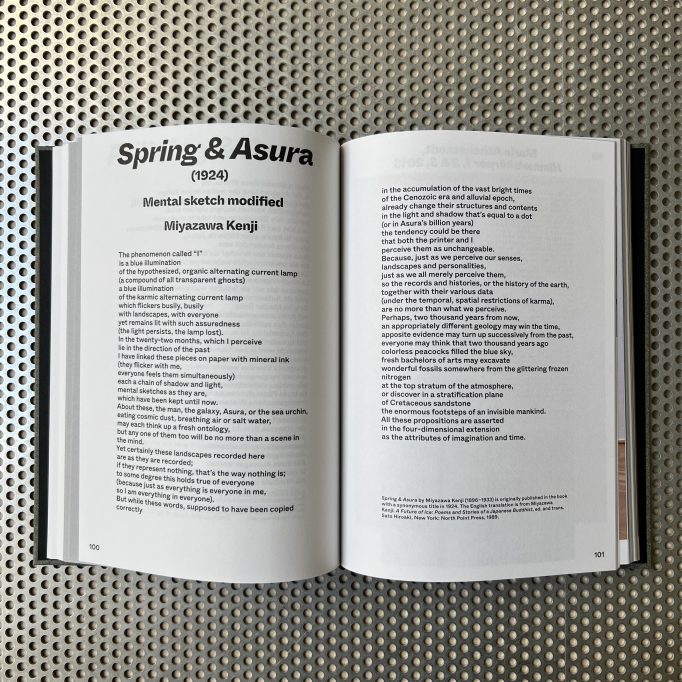
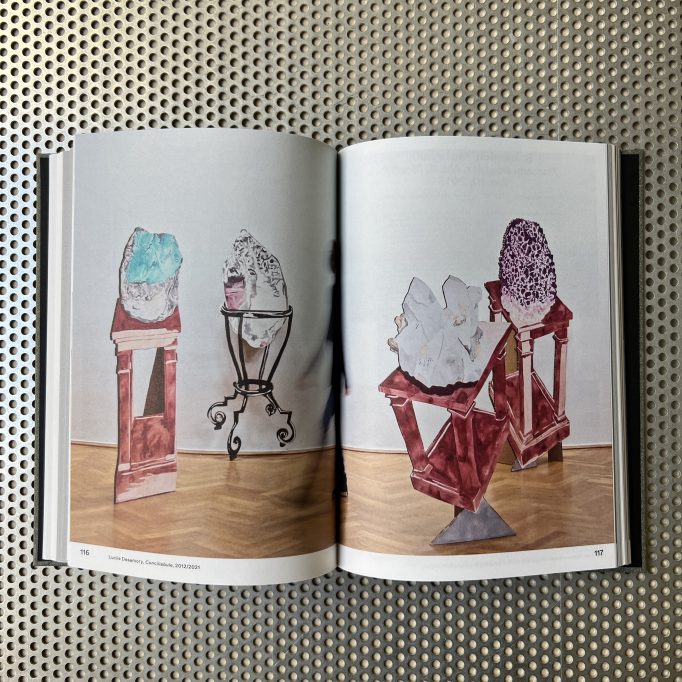
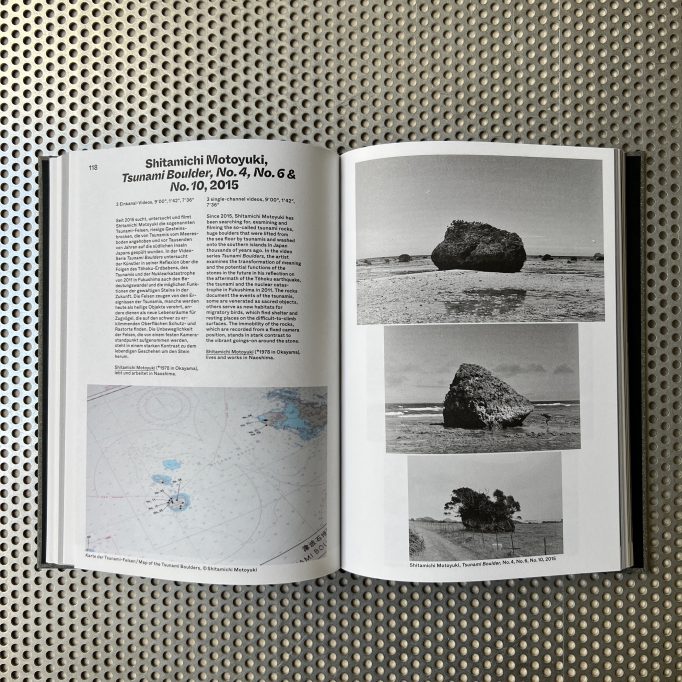
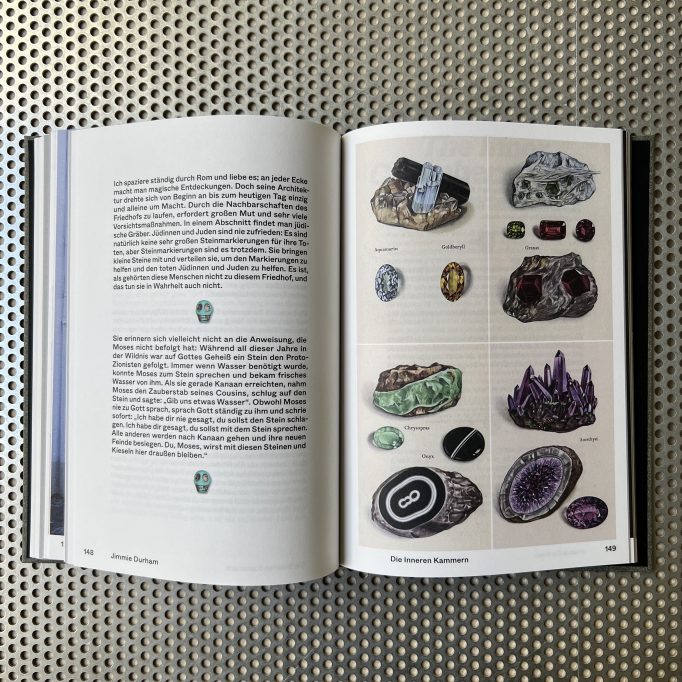
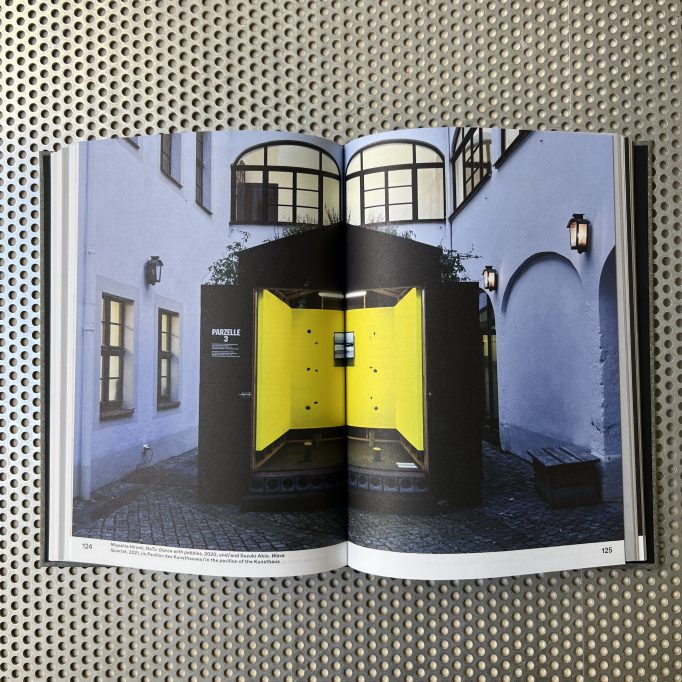
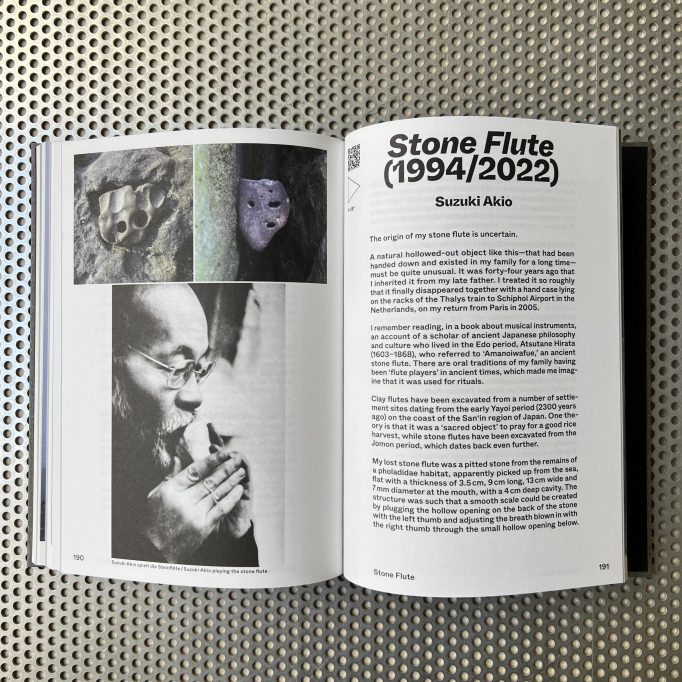
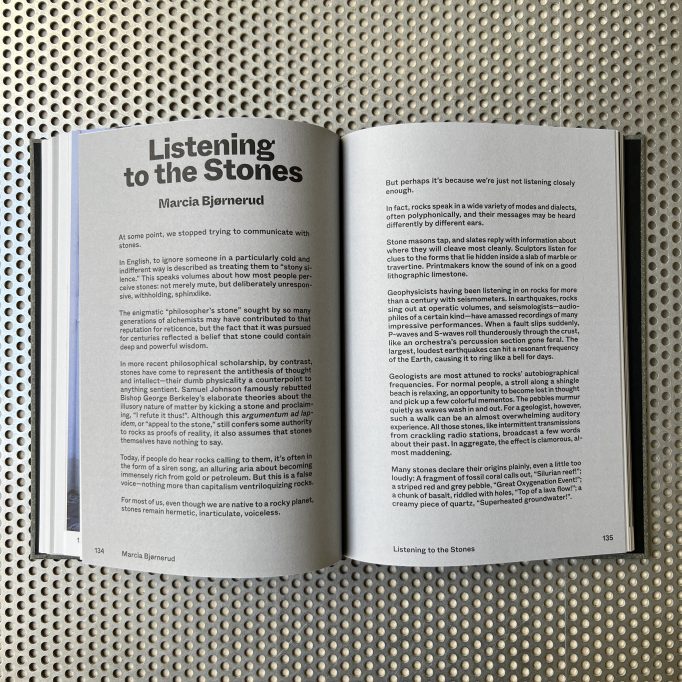
Edited by Miya Yoshida in collaboration with Christiane M-Schwarz & Kerstin Flasche with special
contributions by Hongjohn Lin, Marucia Bjørnerud, Jimmie Durham & Akio Suzuki.
How can we reserve time for imagination in the age of digital culture? The publication, Listening to the Stones/ Den Steinen zuhören deals with the contemporary ecology with a metaphor of stones in multi-disciplines. The book, which exists both in a printed and a digital version, consists of images, sounds, silence, and text in three chapters: 1) Time, Planet, Technology, 2) Territory and Politics 3) Body and Performativity.
It presents two newly commissioned theoretical texts by Hongjohn Lin, art theorist, Prof. Taipei National University of the Arts and Marucia Bjørnerud, geoscientist, Prof. Lawrence University, two special text contributions by Jimmie Durham &
and twenty-two art works from Europe and the Southeast Asia.
The book includes the access to different sound files that excerpt from art works. This invites the reader to initiate the act of listening and attempts to open up an imaginative time-space that s/he can form and reform through their own imaginative power. Utilising “stone” as a pivotal point, the book addresses the significance of aesthetics and politics of time and imaginary in the age of digital culture.
The publication is based on the synonymous title of the exhibition that held at the Kunsthaus Dresden from Nov. 20, 2021-March 6, 2022, curated by Miya Yoshida in collaboration with the Kunsthaus Dresden (Christiane Mennicke Schwarz & Kerstin Flasche).
Order here

